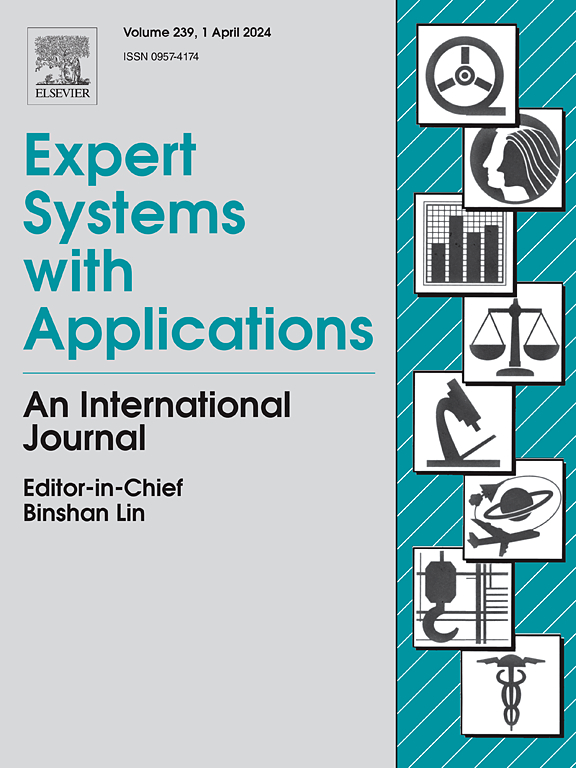Vehicle trajectory extraction with interacting multiple model for low-channel roadside LiDAR
IF 7.5
1区 计算机科学
Q1 COMPUTER SCIENCE, ARTIFICIAL INTELLIGENCE
引用次数: 0
Abstract
High-precision and consistent vehicle trajectories encompass microscopic traffic parameters, mesoscopic traffic flow characteristics, and macroscopic traffic flow features, which is the cornerstone of innovation in data-driven traffic management and control applications. However, occlusion and trajectory interruption remain challenging in multivehicle tracking under complex traffic environments using low-channel roadside LiDAR. To address the challenge, a novel framework for vehicle trajectory extraction using low-channel roadside LiDAR was proposed. First, the geometric features of the cluster and its L-shape bounding box were used to address the over-segmentation in vehicle detection arising from occlusion and point cloud sparse. Then, objects within adjacent point cloud frames were associated by developing an improved Hungarian algorithm integrated with an adaptive distance threshold to solve the mismatching problem caused by objects entrancing and exiting in a new point cloud frame. Finally, an improved interacting multiple model by considering vehicle driving patterns was deployed to predict the location of missing vehicles and connect the interrupted trajectories. Experimental results showed that the proposed methods achieve 98.76 % of vehicle detection accuracy and 97.40 % of data association precision. The mean absolute error (MAE) and mean square error (MSE) of the vehicle position estimation are 0.2252 m and 0.0729 m2, respectively. The trajectory extraction precision outperforms most of the state-of-the-art algorithms.
针对低通道路边激光雷达的车辆轨迹提取与交互多重模型
高精度和一致的车辆轨迹包含微观交通参数、中观交通流特征和宏观交通流特征,是数据驱动交通管理和控制应用创新的基石。然而,在复杂交通环境下使用低通道路边激光雷达进行多车跟踪时,遮挡和轨迹中断仍然是一个挑战。为了应对这一挑战,我们提出了一种利用低信道路边激光雷达进行车辆轨迹提取的新型框架。首先,利用集群的几何特征及其 L 形边界框来解决车辆检测中因遮挡和点云稀疏而产生的过度分割问题。然后,通过改进的匈牙利算法与自适应距离阈值相结合,将相邻点云帧内的物体关联起来,以解决新点云帧中物体进出造成的不匹配问题。最后,考虑到车辆驾驶模式,采用改进的交互式多重模型来预测丢失车辆的位置,并将中断的轨迹连接起来。实验结果表明,所提出的方法实现了 98.76% 的车辆检测准确率和 97.40% 的数据关联精度。车辆位置估计的平均绝对误差(MAE)和平均平方误差(MSE)分别为 0.2252 m 和 0.0729 m2。轨迹提取精度优于大多数最先进的算法。
本文章由计算机程序翻译,如有差异,请以英文原文为准。
求助全文
约1分钟内获得全文
求助全文
来源期刊

Expert Systems with Applications
工程技术-工程:电子与电气
CiteScore
13.80
自引率
10.60%
发文量
2045
审稿时长
8.7 months
期刊介绍:
Expert Systems With Applications is an international journal dedicated to the exchange of information on expert and intelligent systems used globally in industry, government, and universities. The journal emphasizes original papers covering the design, development, testing, implementation, and management of these systems, offering practical guidelines. It spans various sectors such as finance, engineering, marketing, law, project management, information management, medicine, and more. The journal also welcomes papers on multi-agent systems, knowledge management, neural networks, knowledge discovery, data mining, and other related areas, excluding applications to military/defense systems.
 求助内容:
求助内容: 应助结果提醒方式:
应助结果提醒方式:


